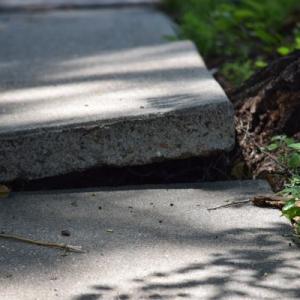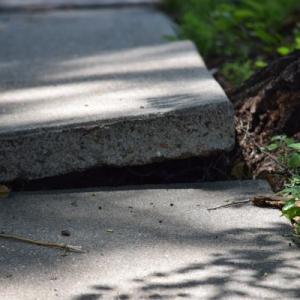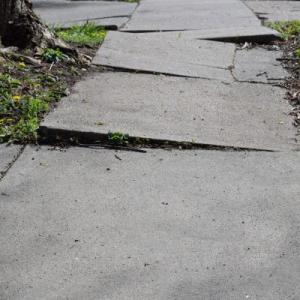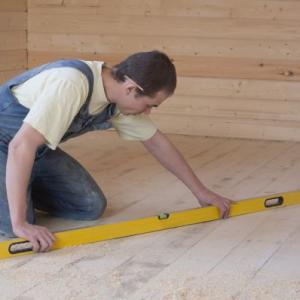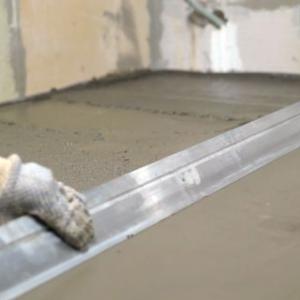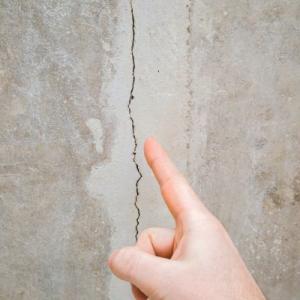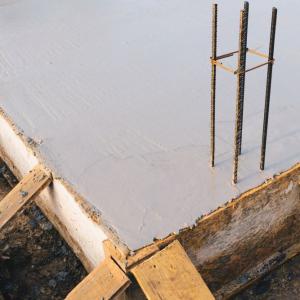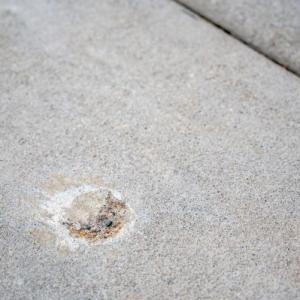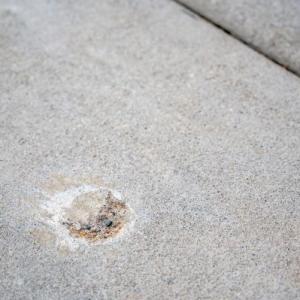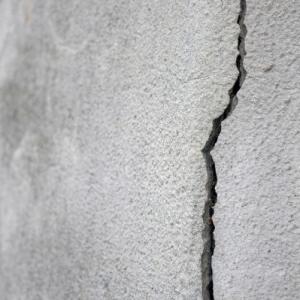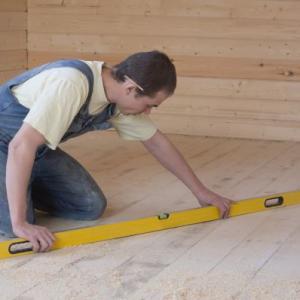Floor Raising: Nampa
Floor Raising in Nampa
Get help with Floor Raising in Nampa. Fill out the form above and we will connect you with local Nampa pros. Floor raising offers numerous advantages for homeowners and businesses alike. By opting for this service, you can enhance the functionality and aesthetics of your space without the need for extensive renovations or costly construction work. Floor raising is a cost-effective solution that allows you to create additional space, improve insulation, and address structural issues, all while maintaining the integrity of your existing floor. This innovative technique provides a seamless and efficient way to elevate your floor, ensuring a level and stable surface that can withstand heavy foot traffic and support various activities. With floor raising, you can transform your space into a more comfortable and versatile environment, tailored to your specific needs and preferences.Floor Raising FAQ
Q: How Does Floor Raising Work And What Are The Different Methods Used?
Answer: Floor raising is a process used to increase the height of an existing floor. There are several methods used for floor raising, including slab jacking, mud jacking, and self-leveling overlays. These methods involve injecting materials such as grout or polyurethane foam beneath the existing floor to raise it to the desired level. Each method has its own advantages and is chosen based on factors like the condition of the existing floor, budget, and time constraints.Q: What Are The Benefits Of Floor Raising Compared To Other Alternatives Such As Remodeling Or Building An Extension?
Answer: The benefits of floor raising compared to other alternatives such as remodeling or building an extension include cost-effectiveness, time efficiency, minimal disruption, and the ability to maximize existing space without compromising the structural integrity of the building.Q: Are There Any Limitations Or Potential Challenges When It Comes To Floor Raising Such As Structural Concerns Or Impact On Existing Utilities?
Answer: Yes, there can be limitations and potential challenges when it comes to floor raising, including structural concerns and impact on existing utilities.Q: How Long Does The Floor Raising Process Typically Take And What Are The Key Factors That Can Affect The Timeline?
Answer: The floor raising process typically takes around 1-2 weeks, depending on the size and complexity of the project. However, the timeline can be influenced by several key factors, including the extent of the floor damage, the type of materials used, the availability of skilled labor, and any unforeseen issues that may arise during the process.Floor raising, also known as floor leveling or floor lifting, is a process that involves raising a sunken or uneven floor to its original level. This technique is commonly used to address issues such as sagging, settling, or uneven floors in residential and commercial buildings. Floor raising typically involves injecting a specialized material, such as polyurethane foam or cementitious grout, beneath the sunken areas of the floor. This material expands and hardens, effectively lifting and stabilizing the floor. Floor raising is a cost-effective and efficient solution for restoring the structural integrity and functionality of a floor, without the need for extensive demolition or reconstruction.

